Regulatory Compliance
Regulatory compliance is increasingly shaping the Floating Covers Market, as governments worldwide implement stringent environmental regulations. These regulations often mandate the use of technologies that mitigate environmental impacts, such as floating covers that prevent contamination and reduce emissions. For instance, in wastewater treatment facilities, floating covers are becoming essential to comply with regulations aimed at minimizing odors and harmful emissions. The market data indicates that the demand for floating covers is expected to rise as industries strive to meet these regulatory requirements. Companies that proactively adopt floating cover solutions may gain a competitive edge, positioning themselves favorably within the Floating Covers Market. This trend suggests a growing alignment between regulatory frameworks and market opportunities, driving innovation and investment in floating cover technologies.
Water Conservation Initiatives
The increasing emphasis on water conservation initiatives is a pivotal driver for the Floating Covers Market. As water scarcity becomes a pressing concern, various sectors are adopting measures to minimize evaporation and contamination. Floating covers serve as an effective solution, significantly reducing water loss in reservoirs and treatment facilities. According to recent data, the implementation of floating covers can decrease evaporation rates by up to 90%, thereby conserving substantial amounts of water. This trend is particularly evident in agricultural and municipal applications, where water management is critical. The Floating Covers Market is likely to witness growth as more organizations recognize the importance of sustainable water practices and invest in technologies that promote efficient water usage.
Innovations in Material Technology
Innovations in material technology are driving advancements within the Floating Covers Market. The development of new, durable materials enhances the performance and longevity of floating covers, making them more appealing to various sectors. For instance, advancements in polymer technology have led to the creation of lightweight, UV-resistant materials that can withstand harsh environmental conditions. This not only improves the efficiency of floating covers but also reduces maintenance costs. As industries seek to optimize their operations, the demand for innovative floating cover solutions is likely to increase. The Floating Covers Market may experience growth as manufacturers continue to invest in research and development, leading to the introduction of cutting-edge materials that meet the evolving needs of end-users.
Rising Demand for Wastewater Treatment
The rising demand for wastewater treatment solutions is a significant driver for the Floating Covers Market. As urbanization accelerates, the need for effective wastewater management systems becomes increasingly critical. Floating covers play a vital role in these systems by preventing odor emissions and reducing evaporation, thus enhancing the overall efficiency of treatment processes. Market data reveals that The Floating Covers Market is projected to grow substantially, with floating covers being a key component in modern treatment facilities. This growth is likely to be fueled by the increasing population and the corresponding rise in wastewater generation. Consequently, the Floating Covers Market is expected to expand as municipalities and industries invest in advanced wastewater treatment technologies that incorporate floating cover solutions.
Increased Awareness of Environmental Impact
Increased awareness of environmental impact is a crucial driver for the Floating Covers Market. As stakeholders become more conscious of their ecological footprint, there is a growing demand for solutions that mitigate environmental harm. Floating covers are recognized for their ability to reduce greenhouse gas emissions and prevent water contamination, aligning with the sustainability goals of many organizations. This heightened awareness is prompting industries to adopt floating cover technologies as part of their environmental strategies. Market data suggests that companies implementing floating covers can significantly enhance their sustainability profiles, which is becoming a key factor in consumer and investor decision-making. The Floating Covers Market is likely to benefit from this trend, as more entities prioritize environmentally friendly practices in their operations.


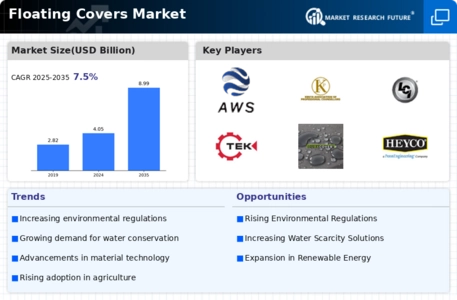
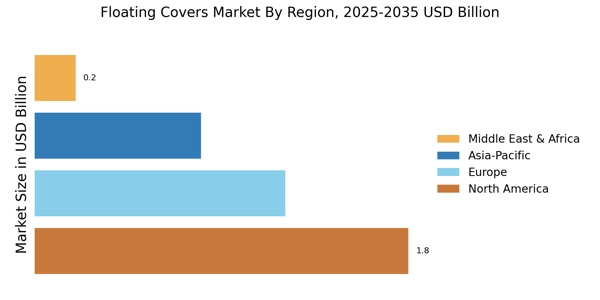
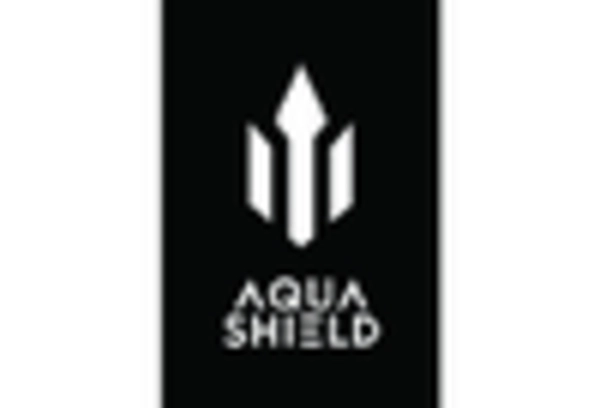
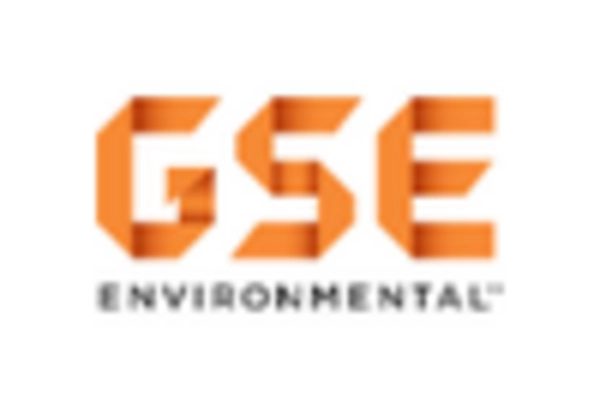
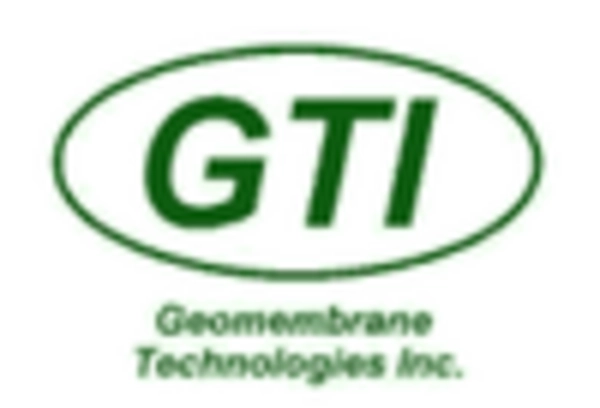
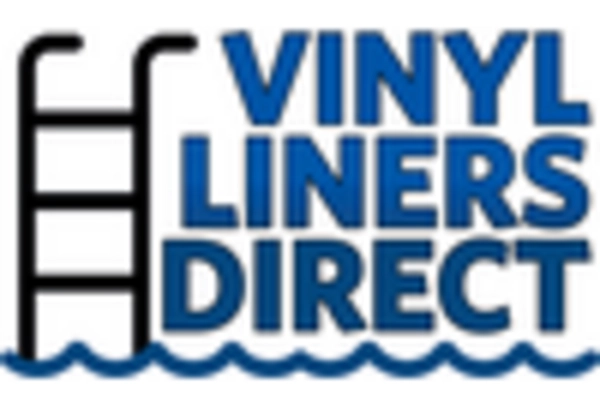
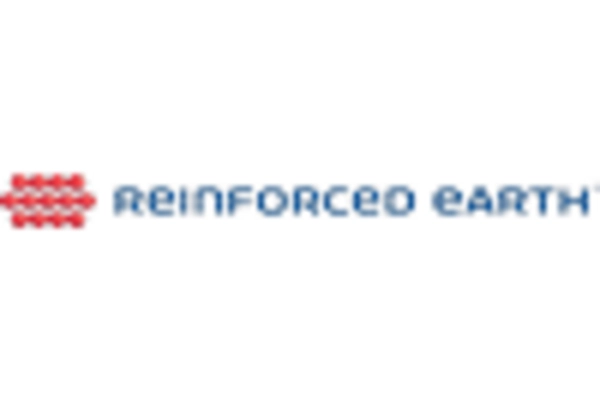









Leave a Comment